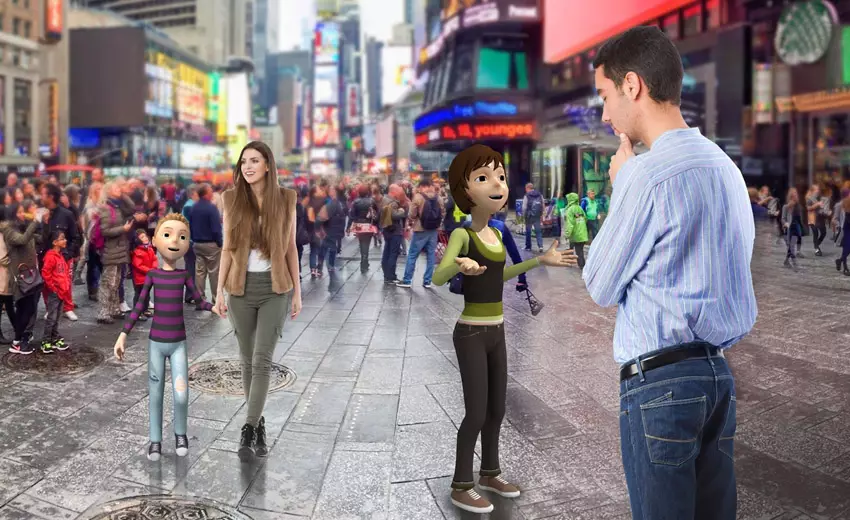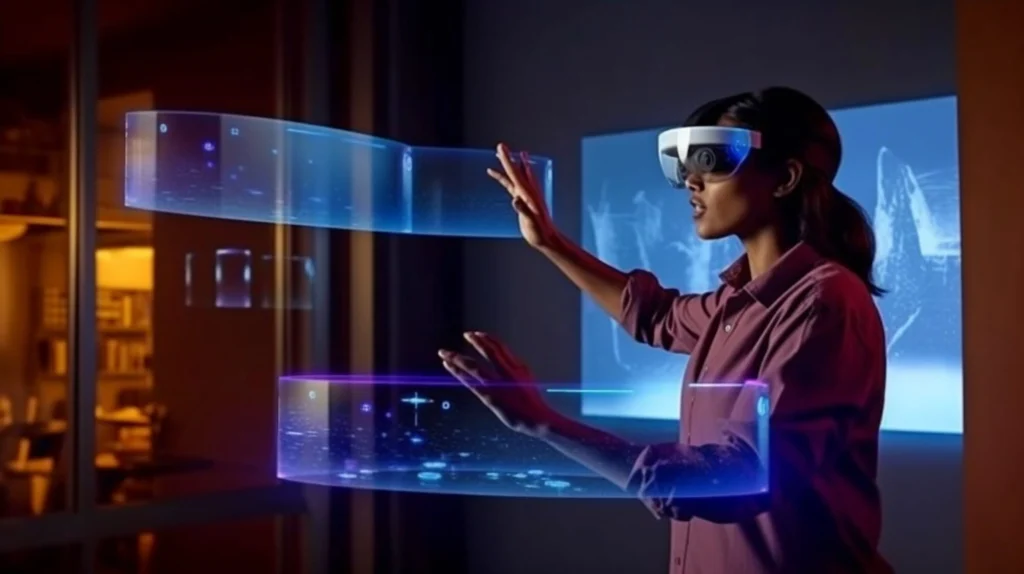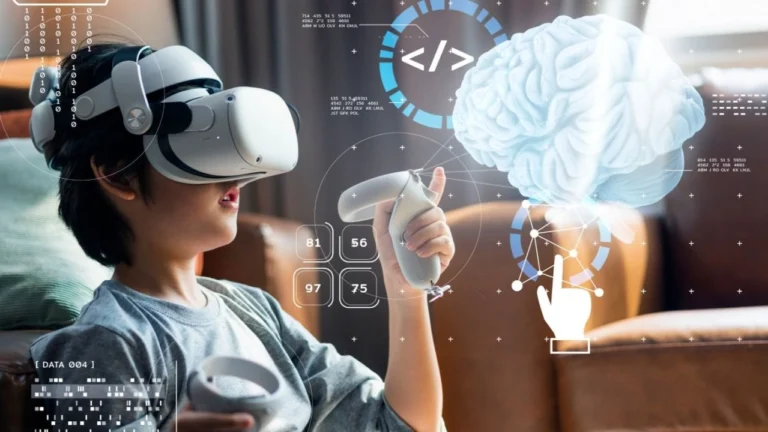The world around us is constantly evolving, and one of the most exciting innovations in recent years is augmented reality (AR). This technology, which blends the digital and physical worlds, is revolutionizing various industries—most notably entertainment and education. From immersive gaming experiences to interactive learning environments, AR is transforming the way we play, learn, and engage with the world.
In this blog post, we’ll explore how augmented reality is shaping the future of entertainment and education and why it’s such a game-changer for both industries.
What is Augmented Reality (AR)?
Augmented reality (AR) is a technology that overlays digital content—such as images, videos, sounds, and 3D models—onto the real world. Unlike virtual reality (VR), which immerses users in entirely digital environments, AR enhances the physical world by adding digital elements that can be interacted with in real time. Whether through smartphones, tablets, or AR glasses, the technology allows users to experience a blended reality that interacts with their surroundings.
AR in Entertainment: Redefining the Gaming Experience

In the world of entertainment, particularly gaming, augmented reality is taking experiences to new heights. One of the most well-known examples of AR in gaming is Pokémon GO, which brought augmented reality into the mainstream by allowing players to catch virtual creatures in the real world using their smartphones. This groundbreaking game proved that AR could create immersive, interactive experiences that encouraged users to engage with the real world in ways they hadn’t before.
Beyond mobile games, AR is now enhancing console and PC gaming as well. Many gaming companies are experimenting with AR technology to create mixed-reality experiences, where the player’s environment becomes part of the game. This includes AR-driven headsets that allow players to interact with digital characters, puzzles, and challenges within their living rooms, creating a highly immersive gaming experience.
AR is also making waves in the world of interactive storytelling. Movies, television shows, and theatrical performances are exploring new ways to incorporate AR to enhance viewer engagement. For example, some movies are integrating AR features into their promotional campaigns, allowing fans to interact with movie elements through their smartphones or AR glasses. This creates an immersive experience that extends beyond the screen and into the viewer’s environment.
AR in Education: Making Learning Engaging and Accessible
The potential for AR in education is immense, transforming the way students learn by providing hands-on, interactive, and engaging experiences. Traditional education methods often rely on static textbooks and lectures, but AR allows students to visualize complex concepts in 3D, bringing abstract ideas to life. This shift in how we learn can significantly enhance understanding and retention, especially in subjects like science, history, and art.
For instance, in science education, students can use AR to explore the human body in 3D, interact with molecules, or examine the solar system. These interactive simulations allow for a deeper understanding of the material, providing experiences that would be impossible in a traditional classroom setting. Imagine learning about the anatomy of the brain by observing its 3D model from every angle, or studying the history of ancient civilizations through AR-driven tours of archaeological sites.
Another exciting application of AR in education is its ability to bring textbooks to life. With AR apps, students can scan pages in textbooks to reveal additional content, such as videos, animations, or interactive diagrams. This can turn a boring textbook into a dynamic, interactive learning experience that engages students on a whole new level.
AR’s Role in Remote Learning and Accessibility

One of the most significant benefits of AR in education is its potential to make learning more accessible, especially in remote or underserved areas. With the rise of online education and remote learning, AR can bridge the gap by providing students with access to high-quality educational experiences that may not otherwise be available to them.
AR tools can also support students with disabilities by offering visual or auditory aids, allowing for a more inclusive and personalized learning experience. For example, AR can help students with visual impairments by reading text aloud, or it can provide auditory cues to students with hearing impairments. This can help ensure that all students, regardless of their learning challenges, have access to the same quality of education.
The Future of AR in Entertainment and Education
As technology continues to evolve, so too will the possibilities for augmented reality in entertainment and education. In entertainment, we can expect AR to become even more immersive, with advancements in AR glasses, headsets, and wearables allowing for more seamless interaction between the digital and physical worlds. This could lead to fully immersive experiences, where games, movies, and performances blur the lines between reality and fantasy.
In education, AR will continue to make learning more engaging, accessible, and personalized. We could see the widespread adoption of AR in classrooms, where students use AR glasses or smartphones to access interactive content, collaborate with peers, and experience lessons in entirely new ways. With the ability to make learning more engaging and effective, AR has the potential to revolutionize education at all levels, from elementary schools to universities.
Final Thoughts: Embracing the Future with AR
Augmented reality is quickly becoming an integral part of both entertainment and education, offering innovative ways to engage with content, enhance learning, and create immersive experiences. As technology continues to improve, we can expect even more groundbreaking applications of AR that will redefine how we interact with the world.
Whether you’re gaming, learning, or simply exploring new possibilities, AR is paving the way for an exciting future. By embracing this transformative technology, we’re opening up a world of opportunities for entertainment and education, enhancing our experiences and enriching our understanding in ways we never thought possible.


